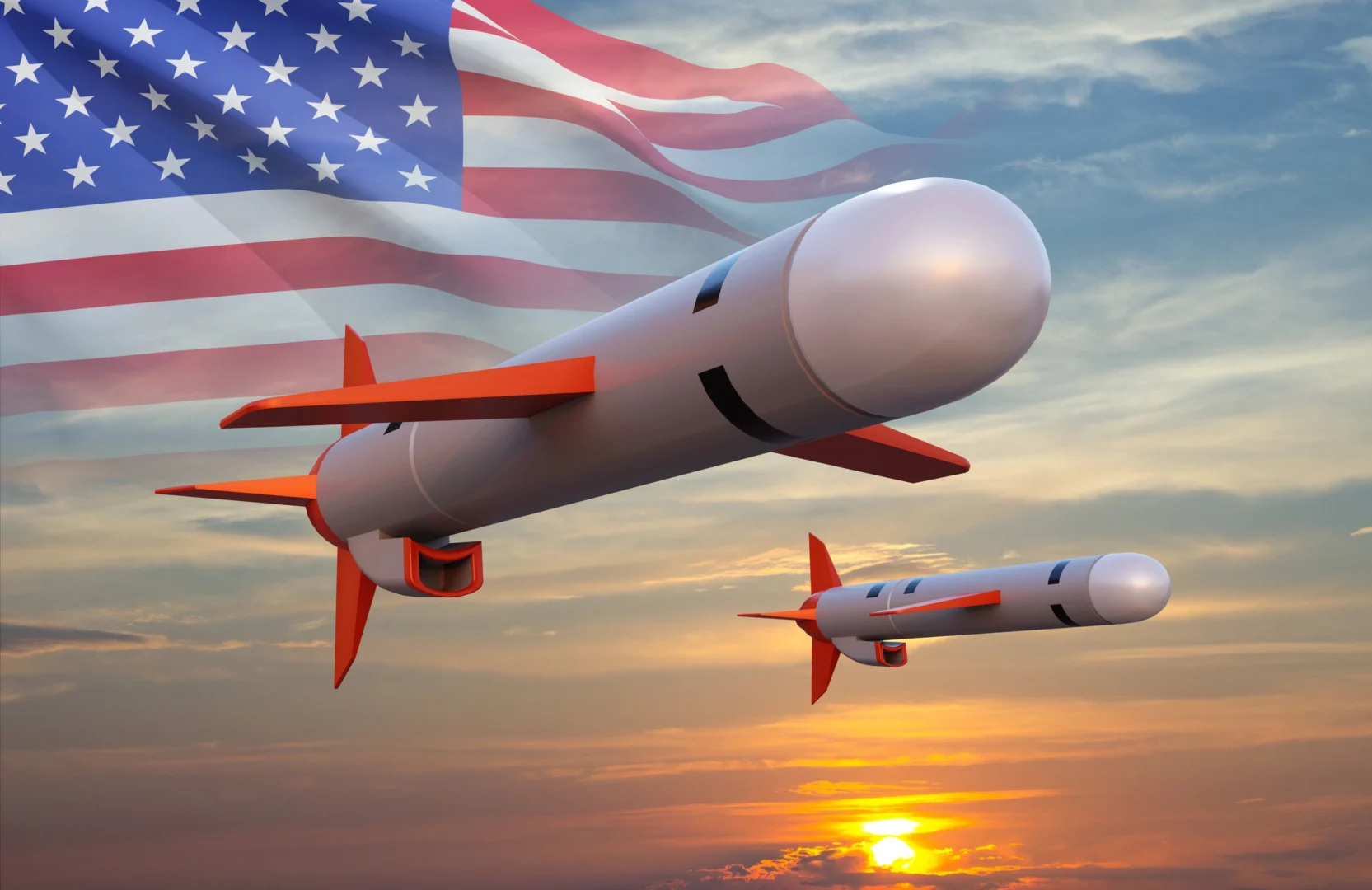WASHINGTON D.C., United States — The United States is currently evaluating a request from Ukraine for the provision of long-range Tomahawk missiles, according to US Vice-President JD Vance. However, Vance explicitly stated that President Donald Trump retains “the final determination” on whether to approve the transfer of these powerful weapons.
Kyiv has consistently urged its Western allies to supply armaments capable of striking significant Russian cities far beyond the front lines. Ukraine maintains that such capabilities would critically damage Russia’s military-industrial complex and hasten the conflict’s end.
Echoing this strategy, Ukraine’s Deputy Defence Minister, Ivan Havryliuk, told our reporter: “If the cost of continuing the war for Moscow is too high, it will be forced to start peace talks.”
In response, Kremlin spokesman Dmitry Peskov downplayed the significance of Vance’s statement, asserting that there was “no panacea that can change the situation on the front for the Kyiv regime.” He added, “Whether it’s Tomahawks or other missiles, they won’t be able to change the dynamic.”
The Tomahawk missiles, with a range of 2,500 km (1,500 miles), would bring Moscow within striking distance of Ukrainian forces. While Vance expressed ambivalence regarding the request, the US special envoy to Ukraine, Keith Kellogg, appeared to hint at a pre-existing authorization for deep strikes into Russian territory.
When questioned on Fox News about whether Washington had approved Kyiv to conduct long-range strikes within Russia in specific instances, Kellogg replied: “The answer is yes, use the ability to hit deep, there are no such things as sanctuaries.”
These comments from Vance and Kellogg align with a noticeable shift in the US administration’s posture on the war. After previously expressing doubts about Ukraine’s ability to withstand Russia, President Trump recently stated that Kyiv could “win all of Ukraine back in its original form”—a change of heart that reportedly surprised Ukraine’s President Volodymyr Zelensky.
This shift is understood to be motivated by Trump’s frustration with Russian President Vladimir Putin’s apparent willingness to discuss peace versus the persistent reality of Russia’s intense bombardment of Ukrainian cities.
This strategic debate follows a massive 12-hour aerial assault on Sunday, involving hundreds of drones and nearly 50 missiles, which tragically killed four people and injured at least 70 in Kyiv.
Deputy Defence Minister Havryliuk has warned that Russia is poised to further increase the intensity and severity of its aerial attacks. To effectively defend its airspace from ballistic missiles, Kyiv has petitioned its Western partners for a minimum of 10 Patriot surface-to-air defence systems, which are crucial for detecting and intercepting incoming missiles.
On the delivery of the Patriot systems that Trump had previously pledged, Havryliuk declined specifics but acknowledged there was “some movement in this direction.”
The increased frequency and scale of Russian aerial attacks, which saw a record of over 800 drones and missiles fired earlier this month, are straining Ukraine’s interception capabilities, inevitably leading to a drop in the successful interception rate during large-scale barrages.
During Sunday’s attack, 31 out of hundreds of drones successfully reached their targets, which President Zelensky confirmed were predominantly residential buildings and civilian infrastructure, including a cardiology centre in Kyiv.
Havryliuk also noted that Russia’s aerial attacks are becoming more perilous due to the deployment of newer, more advanced drones designed to penetrate Ukraine’s air defence systems. He explained that when the Iranian-made Shahed drones were first used in 2023, “they were easy to jam using our electronic warfare systems.” Now, he said, “Today, they use 16-channel antennas in order to pass through our jamming zones.”
Furthermore, Havryliuk argued that bolstering Ukraine’s air defence is a collective security measure for the continent, stating: “Strengthening our air defence system is an investment into security of the entire Europe,” referencing the recent incursion of Russian drones into Polish airspace. He believes this would also disrupt “Putin’s plans to constantly scare Europe.”
Also Read: Russia launches massive strikes on Kyiv, undermining Trump’s peace push
Under a new mechanism approved by the Trump administration earlier this year, European allies purchase US-made weaponry for Ukraine. So far, a combined $2 billion (£1.5 billion) has been pledged by various European nations and Canada. While some weapons procured through this scheme have arrived, Havryliuk admitted that the process is slower than before.
Recognizing the urgency, Kyiv has significantly ramped up its domestic defence industry over the three-and-a-half years of the war, notably boosting its production of drones, artillery shells, systems, and armoured vehicles. Havryliuk reported that Ukraine now meets nearly 100% of its First Person View (FPV) drone requirements and up to 40% of its frontline demand for other weapons.
President Zelensky affirmed on Monday that Ukraine’s focus remains on domestically produced drones and missiles with long-range strike capabilities. However, until production can fully meet demands, Kyiv remains dependent on its allies for the necessary air defence infrastructure.
Ultimately, Ukraine hopes that a dual strategy—improved protection of its cities via advanced air defence systems combined with long-range weapons capable of hitting key Russian targets—will pressure Moscow into serious peace negotiations. As Havryliuk concluded, “Only together with our partners can we stop the Russian terror in the sky.”

